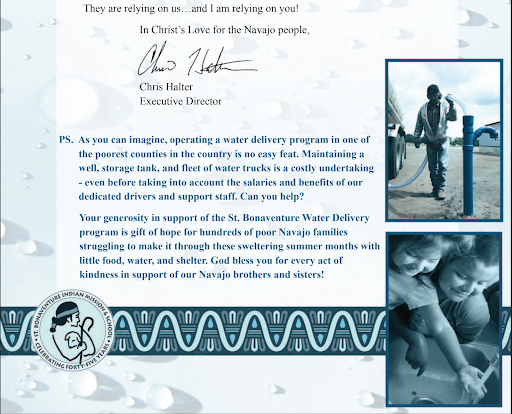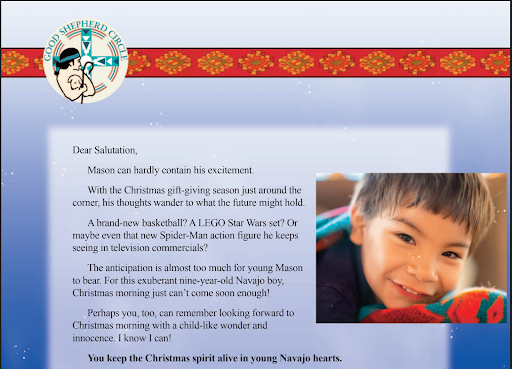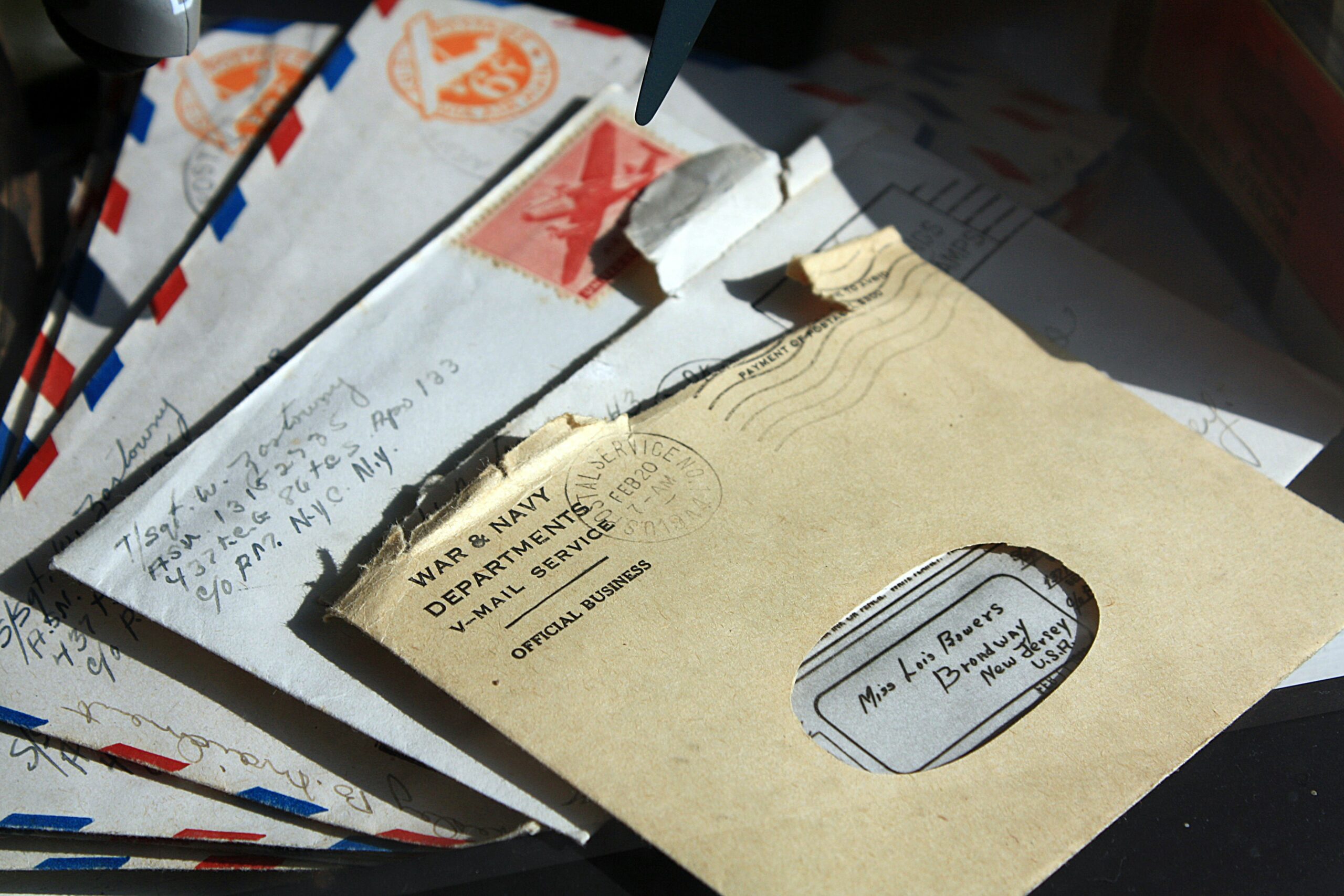Direct mail marketing is the most effective way to reach potential donors in today’s digital age. But to see success with direct mail, you need to have a solid strategy in place. This article will discuss 5 tips to improve your direct mail results and maximize this marketing approach. The tips provided will help you achieve better outcomes from your direct mail campaigns.
By following these suggestions, you can make the most of your direct mail efforts.
5 Tips for Better Response Rates to Direct Mail
1. Know your audience

Before sending out any direct mail, it’s important to have a clear understanding of your target audience. This includes their demographics, personal interests, previous donation history, and pain points. Understand your audience to create messages and designs that connect with them, improving the likelihood of getting a response. Ai and Machine Learning are at the forefront of donor data enhancements. This advanced tech is right at your fingertips and has proven to take donor audience understanding and segmentation to the next level, improving results.
2. Use Eye-Catching Design

Your direct mail piece must have an eye-catching design to stand out in a mailbox full of bills and junk mail. This includes using bold colors, interesting graphics, and a clear call to action. Consider hiring a Donor Science professional who can use actual engagement data and predictive analytics to create a visually appealing piece that will grab the recipient’s attention.
3. Personalize Your Message

As mentioned earlier, personalization is key in direct mail marketing. Use the person’s name and address in the message, and customize it to their interests or needs for better impact. You can do this by analyzing data and segmenting your mailing list.
4. Include a Strong Call-to-Action

A call-to-action (CTA) is a crucial element in any marketing campaign, and direct mail is no exception. Your CTA should be clear, concise, and compelling. Make it easy for people to act, like visiting your website, calling, or coming to your store.
5. Track and Analyze Results

To improve your direct mail response rates, it is important to analyze each campaign and learn what worked and also what didn’t work. You can then tweak things like your prospect audience, copy, or channel. You can do this through unique promo codes, QR codes, or dedicated phone numbers. By checking how well different campaigns do, you can see what your audience likes and change things for future mailings.
Pro Tip: Include a Premium

People like free stuff. They like useful items that won’t simply collect dust. In order to stand out, grab some extra attention, and even create social media moments with your direct mail, consider including a premium. Premiums also help to increase response rates significantly. People want to know what’s in the envelope so they actually open the mail. These ‘premiums’ are tactile items a potential donor can hold and use. Get creative. Extra pro tip: if you combine your direct mail and your premium item vendors, you’ll likely get discounts and save some money.
Direct Mail Marketing Tools and Resources
To see success with direct mail, it’s important to have the right tools and resources at your disposal. Here are a few that can help you create and execute a successful direct mail campaign:
Mailing List Services
You can use data experts like VeraData to help you grow your donor list. You can use services like VeraData to help you make and control your mailing list. These services provide you with custom, tailored, and responsive donor lists based on your target audience.
Design Software
If you are creating your own direct mail pieces, you can use design software such as Adobe Creative Suite or Canva. These tools help create professional and visually appealing designs. For that extra pop or if you simply don’t have time, talk to one of our VeraData reps who are experts in package design.
Printing and Mailing Services
If a business can’t print and mail their own direct mail, there are services that can do it for them. VeraData can be your partner for printing and mailing services at affordable prices.
You can dramatically improve your response rates by following these tips and using some of the tools. Tracking and analyzing performance allows you to learn what worked so that you can make adjustments as needed to improve campaign metrics further. By using Ai and personalization, you can reach not only more people, but the right people to help reach your marketing goals.










